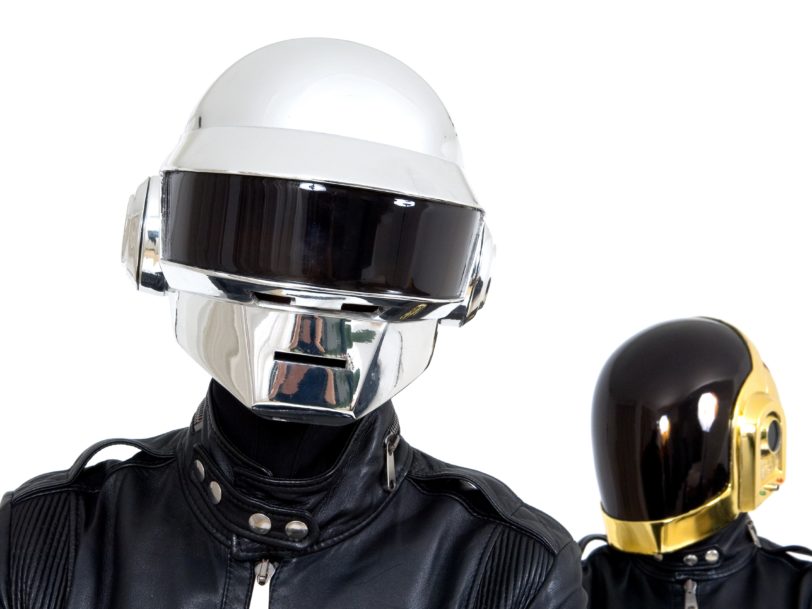When it comes to dance and electronic music, Daft Punk rewrote the rulebook. After forming in 1993, the acclaimed French duo immortalised themselves through their classic retrofuturistic aesthetic and countless timeless records. From their humble bedroom-production beginnings (Homework), Daft Punk have grown to become one of the most in-demand acts of all time, collaborating with everyone from Kanye West to The Weeknd, Nile Rodgers, Strokes’ frontman Julian Casablancas and numerous other musical A-listers. With such an extensive collection of inspiring hits, choosing the best Daft Punk songs no easy task – but here are 20 that we think fit the bill.
Listen to the best of Daft Punk here, and check out our best Daft Punk songs, below.
20: Phoenix (1997)
Before Daft Punk were Daft Punk they shared the stage with Phoenix band member Laurent Brancowitz under the band name Darlin’, before disbanding and going their separate ways. Released as the fifth single from their debut record, Homework, Phoenix is a fun, upbeat tune that samples Elton John and Kiki Dee’s 1976 hit, Don’t Go Breaking My Heart. You won’t hear it spoken about much, but the hook is iconic, its raw danceable tone shimmering alongside a thumping Chicago house beat. The song would later be remixed by Basement Jaxx as part of Daft Punk’s first remix album, Daft Club, placing it in the company of acts such as The Neptunes and Slum Village.




